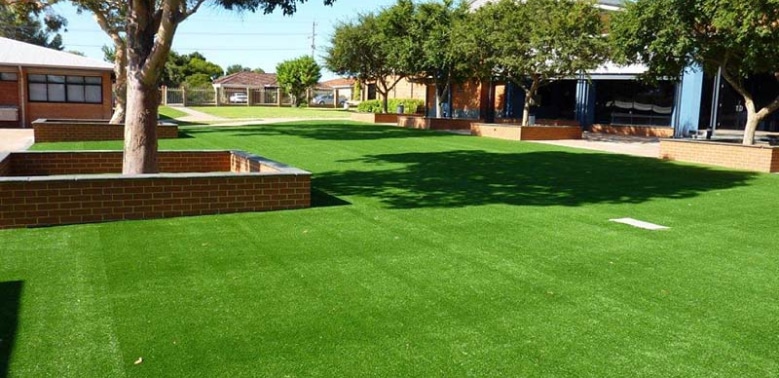Artificial grass offers a versatile and low-maintenance solution for lawns and landscapes, but the timing and conditions of installation can significantly impact the outcome. Understanding seasonal considerations is essential to ensure a successful installation that performs well throughout the year. Here’s what to keep in mind when installing artificial grass across different seasons.
1. Spring: Ideal for Installation
Spring is one of the best times to install Artificial grass installers. The moderate temperatures and favorable weather conditions make it easier to prepare the site and lay the turf. Key benefits of installing in spring include:
- Temperature and Weather: Spring typically offers mild temperatures and less rainfall, which are ideal for both turf and base material. This reduces the risk of complications such as uneven settling or drainage issues caused by extreme weather.
- Optimal Ground Conditions: The soil in spring is usually not too dry or too wet, providing a stable foundation for excavation and base preparation. This helps achieve a smooth and even surface for the artificial grass.
- Preparation for Summer Use: Installing in spring allows you to have a fully established lawn ready for the summer months, when artificial grass can handle increased foot traffic and warmer temperatures.
2. Summer: Considerations for Installation
While summer can present some challenges for artificial grass installation, it is still possible with careful planning:
- Heat Management: High temperatures can make the turf and base material hotter and more difficult to handle. If installing in summer, plan to work during cooler parts of the day and ensure adequate hydration and protection for the materials.
- Soil Conditions: Summer soil conditions can be dry and hard, which may make excavation and base preparation more challenging. Watering the soil lightly before excavation can help to make it more manageable.
- Performance Testing: If installed in summer, the turf will be exposed to high temperatures soon after installation. Test the performance and cooling measures of the turf to ensure it remains comfortable and functional.
3. Fall: Preparing for Winter
Fall is another good time for installing artificial grass, especially in preparation for winter. Consider the following:
- Weather Conditions: Cooler temperatures and reduced rainfall make fall an optimal time for installation. The ground is usually in good condition for excavation and base preparation.
- Avoiding Frozen Ground: Ensure that the ground is not frozen during installation, as this can affect excavation and the setting of the base material. If installing late in the fall, monitor weather forecasts to avoid working in freezing conditions.
- Winter Readiness: Installing in fall allows the turf to settle and adjust before the harsher winter weather arrives. This ensures that the artificial grass is well-prepared to handle snow and ice.
4. Winter: Challenges and Considerations
Winter installation can be more challenging but is still feasible with the right approach:
- Ground Conditions: Frozen or soggy ground can hinder excavation and base preparation. If installing during winter, choose a period when the ground is thawed and dry to ensure proper installation.
- Weather Impacts: Winter weather conditions, such as snow or rain, can affect the installation process and the final outcome. Ensure proper weather protection and plan for potential delays.
- Long-Term Performance: Artificial grass can handle winter conditions well, but proper installation is crucial for performance. Ensure that drainage systems are functioning correctly to manage melting snow and prevent water pooling.
5. General Tips for All Seasons
- Site Preparation: Regardless of the season, proper site preparation is crucial. This includes clearing the area of debris, creating a stable base, and ensuring effective drainage.
- Material Storage: Store artificial grass and other materials in a cool, dry place to prevent damage before installation. Protect materials from extreme temperatures and direct sunlight.
In conclusion, seasonal considerations play a significant role in the installation of artificial grass. Spring and fall offer ideal conditions, while summer and winter present unique challenges that can be managed with careful planning and preparation. By understanding and adapting to seasonal factors, you can ensure a successful installation that provides a beautiful and functional lawn year-round.



